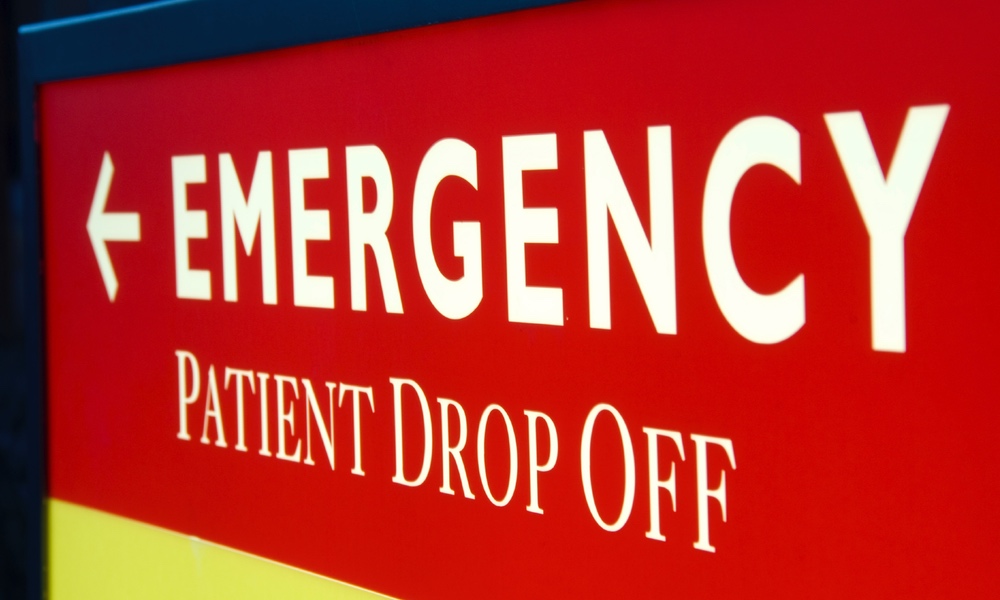African Americans have less access to health care than white people. And even when they do visit the doctor, there are often racial disparities in the healthcare they receive. Churches have stepped in to fill this gap and have become important providers of health education to members of the black community. They offer resources to underserved people who may not have complete access to health information and services.
High blood pressure is common among African Americans and a widespread cause of mortality, despite the fact that lifestyle changes can lower high blood pressure (HBP) or hypertension.
Given the role of faith-based health education in the lives of black Americans, researchers wanted to see if lifestyle interventions that have been shown to reduce blood pressure could be translated to a community-based setting where people worship. They also wanted to know if such a program could be successfully administered by lay church members.
“If this church-based program can do those two things, it can reduce the disparity in rates of hypertension between blacks and whites, and we would not have to deal with the issue of mistrust of the medical establishment among black Americans,” Gbenga Ogedegbe, lead author of the study, told TheDoctor.
Over 350 members of 32 New York City churches were divided into two groups. One group was enrolled in a program of eleven 90-minute weekly sessions of a proven lifestyle change program that was delivered by trained fellow parishioners to promote healthy behaviors and then followed by three monthly sessions. A second group was given one therapeutic lifestyle change session followed by 10 sessions on health topics, led by outside health experts. Everyone in the study identified as black and reported they had hypertension or uncontrolled blood pressure.Researchers wanted to see if lifestyle interventions known to reduce blood pressure could be offered in a community-based setting where people worship.
The researchers measured how much participants' blood pressure (BP) had been reduced at six months after the start of the study. They also measured BP reduction and control at nine months. The intervention group had a significantly greater reduction in systolic BP (5.8 mm Hg) at six months compared to the control group. The intervention group also had greater BP control at nine months compared to the control group, but the difference was not statistically significant.
The intervention was delivered by lay health advisors, so it was unclear if medication adherence was tracked during patient visits. “Our results may have been even more effective if the intervention had included community-clinic partnerships to provide more comprehensive, structured health management,” said Ogedegbe, a professor of population health and medicine at NYU School of Medicine.
The team hopes to expand the scale of the program, with more churches participating. They also want to find ways to prevent young people, men, obese people and those who are employed from dropping out of the healthy lifestyle and motivational intervention group since these populations were the most likely to not finish the intervention in the current study.
The study and a related editorial were published in Circulation: Cardiovascular Quality & Outcomes.





